

- TRANG CHỦ
- GIỚI THIỆU
- SẢN PHẨM
- Nguyên liệu ngành nhựa
- Hóa chất ngành Giấy
- Trợ bảo lưu và thoát nước
- Chất tăng bền ướt
- Chất phủ lô
- Hóa chất giặt chăn lưới
- Chất diệt khuẩn
- Tăng trắng huỳnh quang
- Lơ tím, xanh
- Trợ chống thấm bề mặt
- Phẩm màu cho giấy bao bì
- Phẩm màu cho giấy bìa màu
- Hóa chất cho giấy tráng phủ
- Chất phá bọt
- Chất tăng bền khô
- Hóa chất xử lý nước thải
- Chất phân tán Tissue
- Chất khử mực
- Hóa chất ngành sơn
- Nguyên liệu xi măng
- Hóa chất công nghiệp
- Hóa chất ngành dệt nhuộm
- TIN TỨC
- KỸ THUẬT
- KHÁCH HÀNG
- TUYỂN DỤNG
- LIÊN HỆ
DANH MỤC SẢN PHẨM
SẢN PHẨM TIÊU BIỂU
-

Chất tách lô Resozol 150, Solenis

Chi tiết Mua hàng -
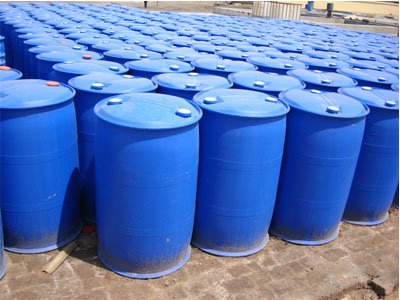
Tăng trắng DeepWhite ABP 130, dạng lỏng

Chi tiết Mua hàng -
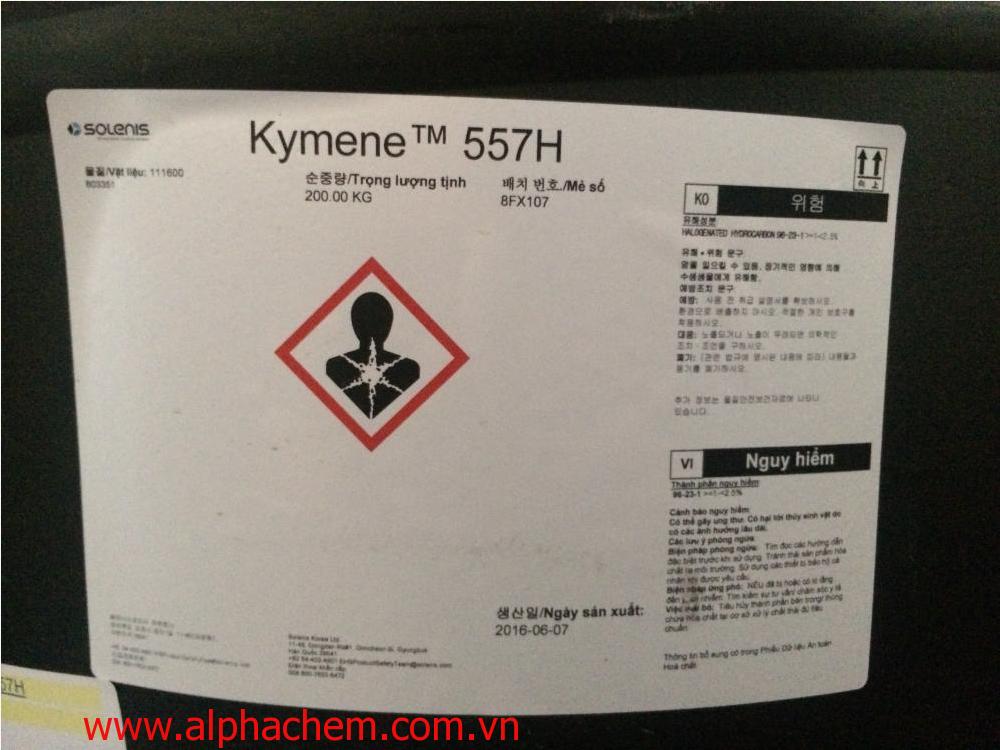
Chất tăng bền ướt Kymene 557H
Chi tiết Mua hàng -
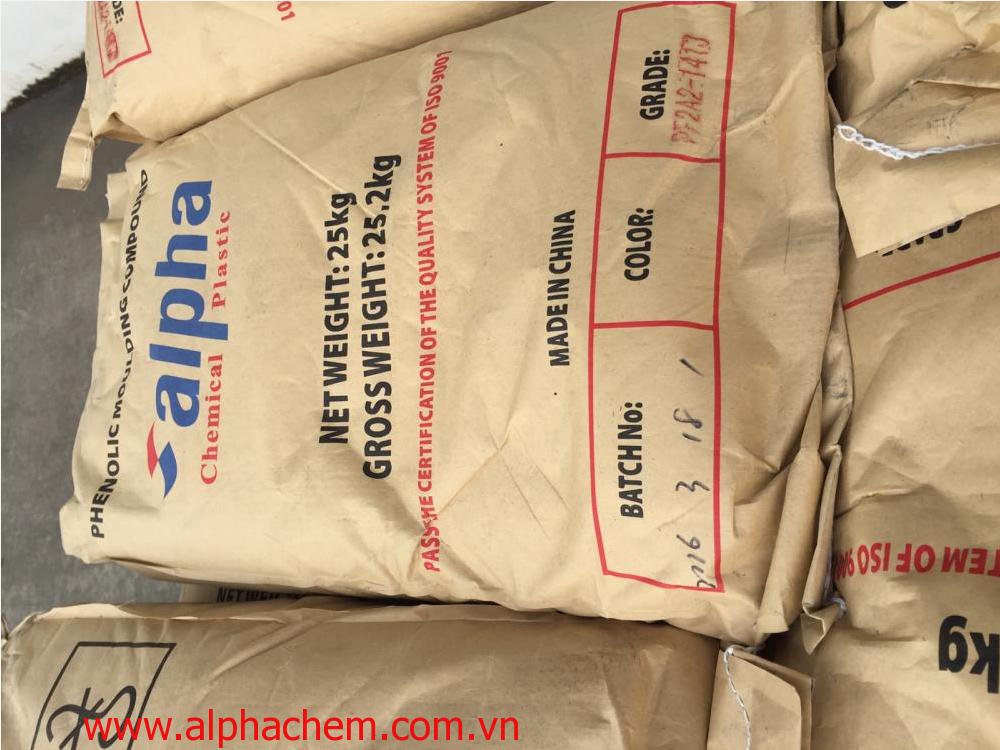
Nhựa Bakelit 141; 141J black; 151J black; 151J red

Chi tiết Mua hàng -

Nhựa Phenolic 141 (Bakelit) ép đứng

Chi tiết Mua hàng -
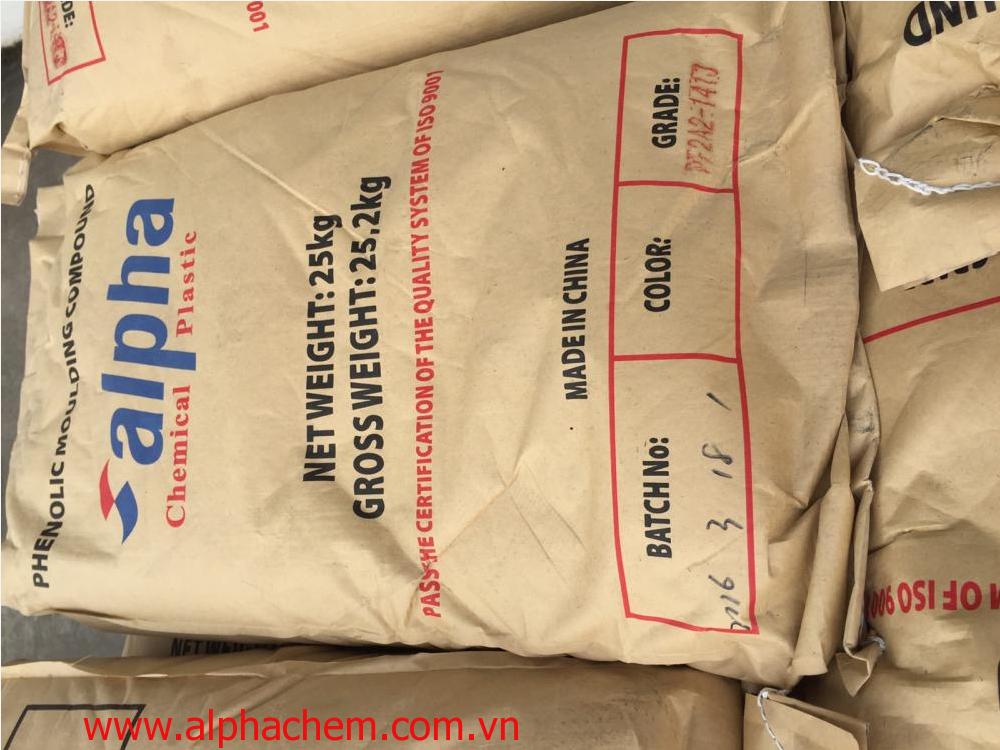
Nhựa Phenolic 141J (Bakelit) ép phun

Chi tiết Mua hàng -
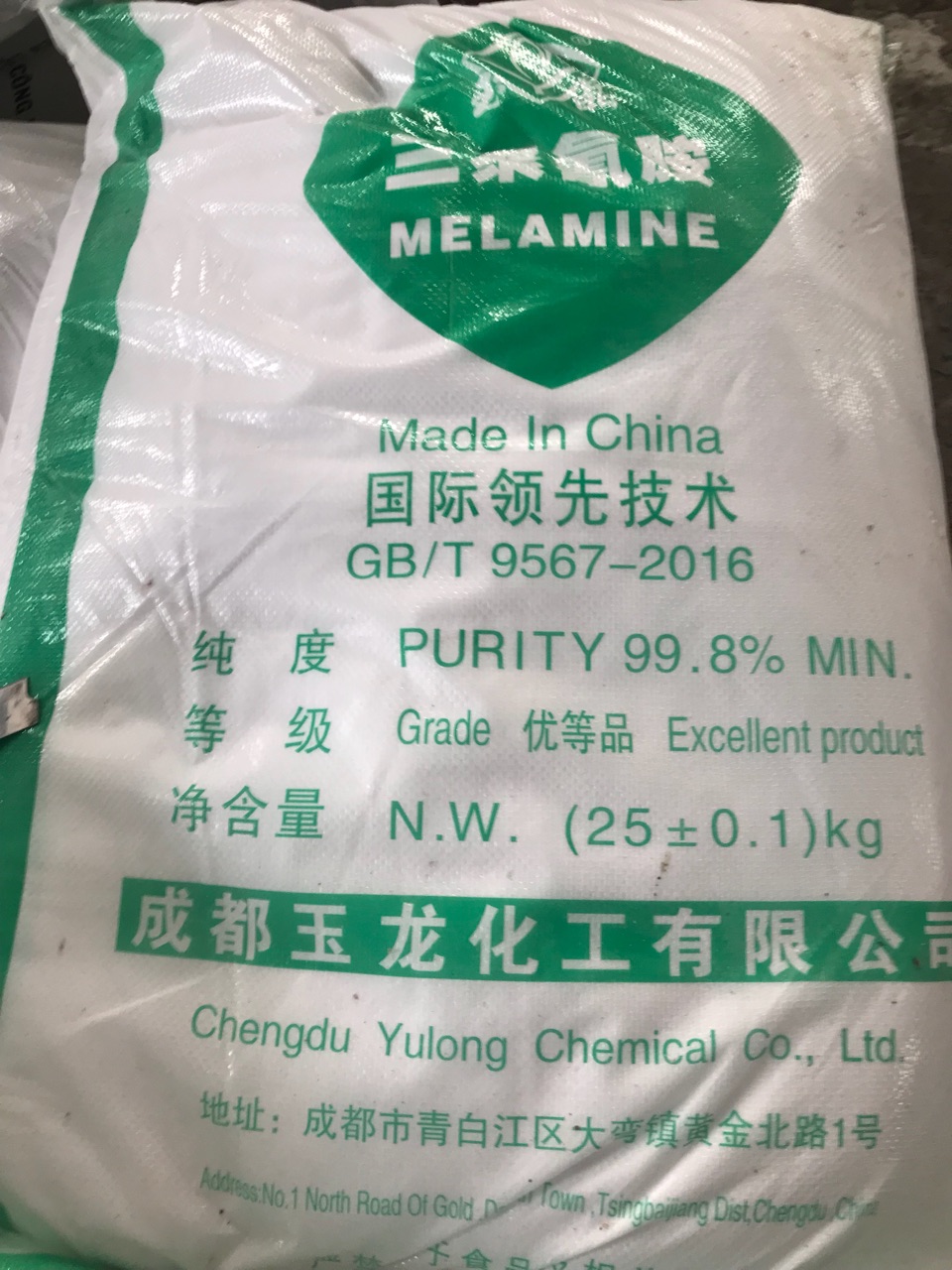
Melamine 99.8%, Yulong

Chi tiết Mua hàng -

Hạt nhựa PP K8009

Chi tiết Mua hàng -
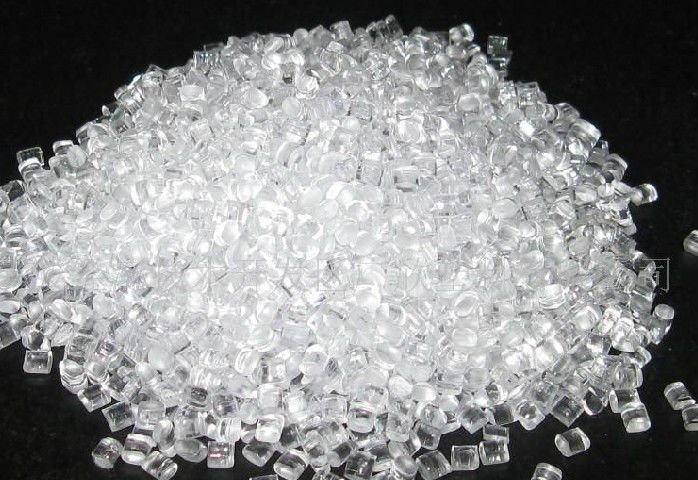
Hạt nhựa PC 2407, 2807, 2858, trong suốt

Chi tiết Mua hàng -

Hạt nhựa PC 2407, 2807 010131 (trắng điện)

Chi tiết Mua hàng -
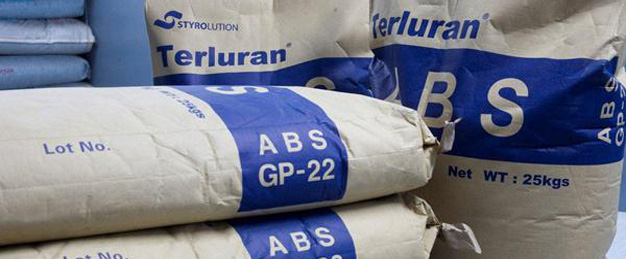
Hạt nhựa ABS GP22

Chi tiết Mua hàng -
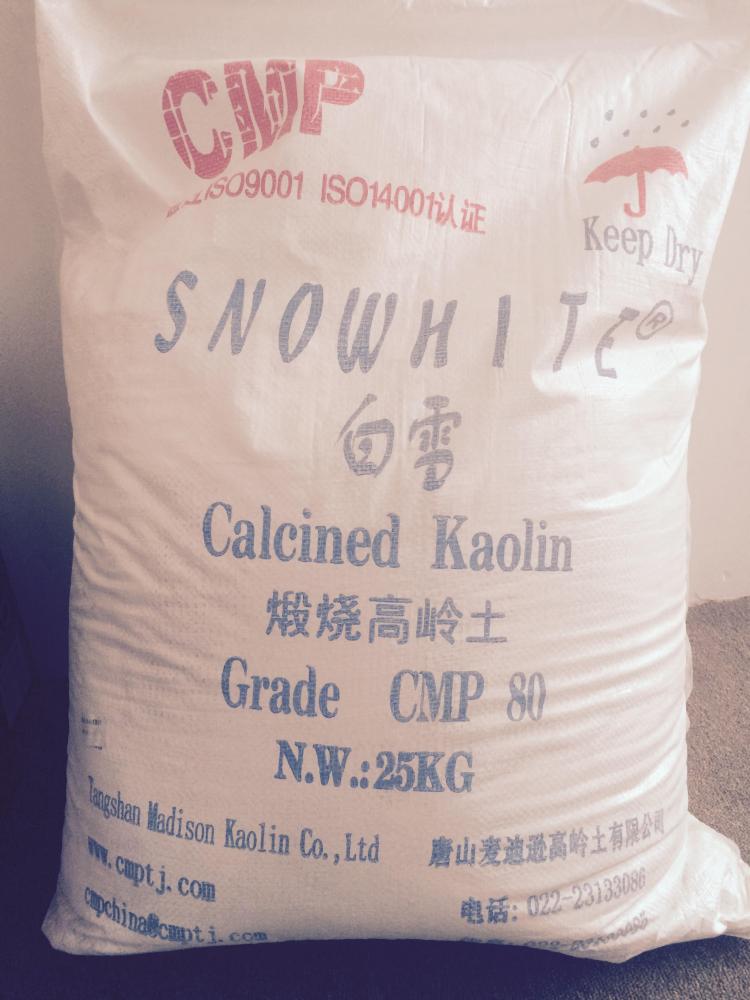
Cao lanh nung Snowhite 80

Chi tiết Mua hàng -
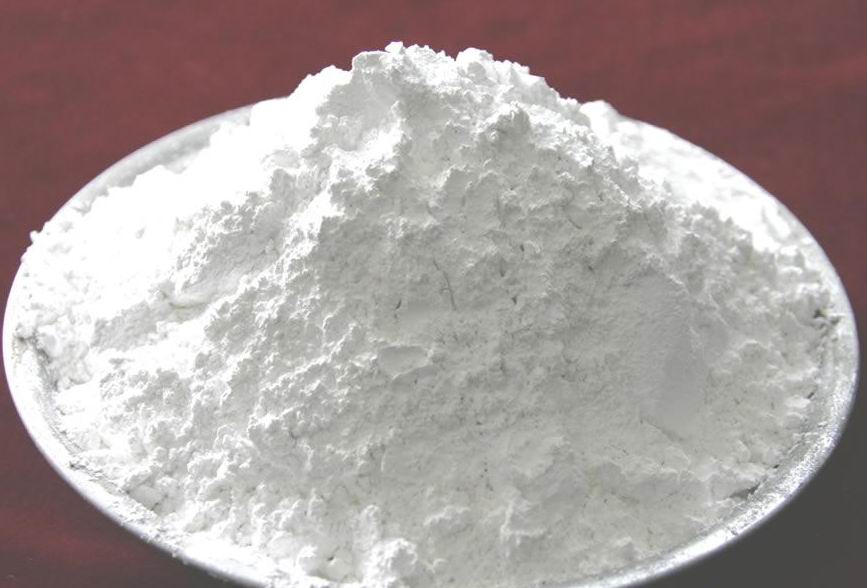
Cao lanh nung
Chi tiết Mua hàng -
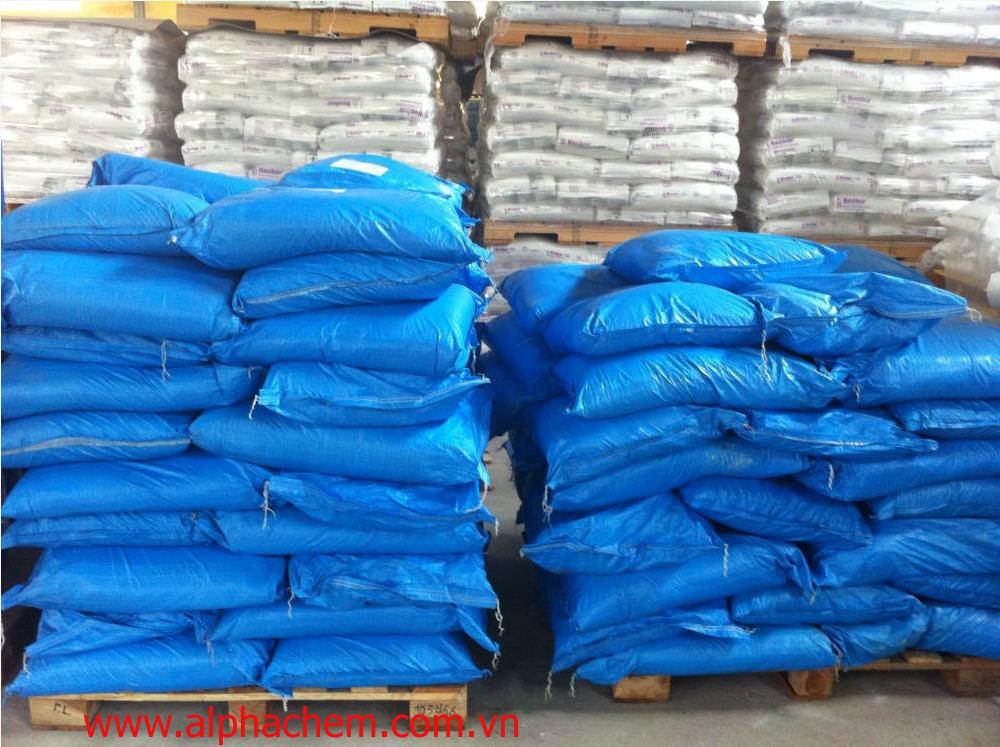
Tăng trắng bột Tinopal ABP-Xhc, 20kg/bao

Chi tiết Mua hàng -

Gia keo bề mặt Basoplast 7305 cho giấy bao bì
Chi tiết Mua hàng
TÀI LIỆU KỸ THUẬT
- tdsp640j.pdf
- propertyanalysiswt45ancalpha.pdf
- tdspalmac1600alpha.pdf
- tdspalmac1500alpha.pdf
- stearicacid1838alpha.pdf
- coaofstearicacidr401860alpha.pdf
- deepwhiteabpxpowderalpha.pdf
- kymenẹ57htangbenuotvn.pdf
- prosofttq28881.pdf
- tdskymene705.pdf
- kymenẹ57htds.pdf
- hyt80tdsenalpha.pdf
- snowhite80tdsvietnam.pdf
- pmmacm207.pdf
- pc110uiso.pdf
- opticalbrighteningagent2plc.docx
- opticalbrighteningagent4plcvn.pdf
- melaminetdsalpha.pdf
- coazncl2alpha.jpg
- tdszncl2alpha.pdf
- pc1220ueng.pdf
- pc1100u.pdf
- pc1070ueng.pdf
- absag15átds.pdf
- ppk8009tdsen.pdf
- absterlurangp35.pdf
- absterlurangp22.pdf
- bakelit161jcoaalpha.pdf
- bakelit151jcoaalpha.pdf
- bakelit141jcoaalpha.pdf
- bakelit141coaalpha.pdf
- makrolonet3117isoen.pdf
- makrolonet3113isoen.pdf
- makrolonal2647isoen.pdf
- makrolon2807isoen.pdf
- makrolon2407isoen.pdf
- alphavncompanyprofile.pdf

- Plastic Resin

- PC (Polycarbonate)

Polycarbonate Makrolon 2407, 2807, Clear
| Tên sản phẩm: | Polycarbonate Makrolon 2407, 2807, Clear |
|---|---|
| Mã sản phẩm | Polycarbonate Makrolon 24 |
| Nhóm sản phẩm: | PC (Polycarbonate) |
| Lượt xem | 527 |
| Mua hàng | |
Polycarbonate Makrolon 2407, 2807, Clear
Packaging: 25kg/bag
Origin: Thailand
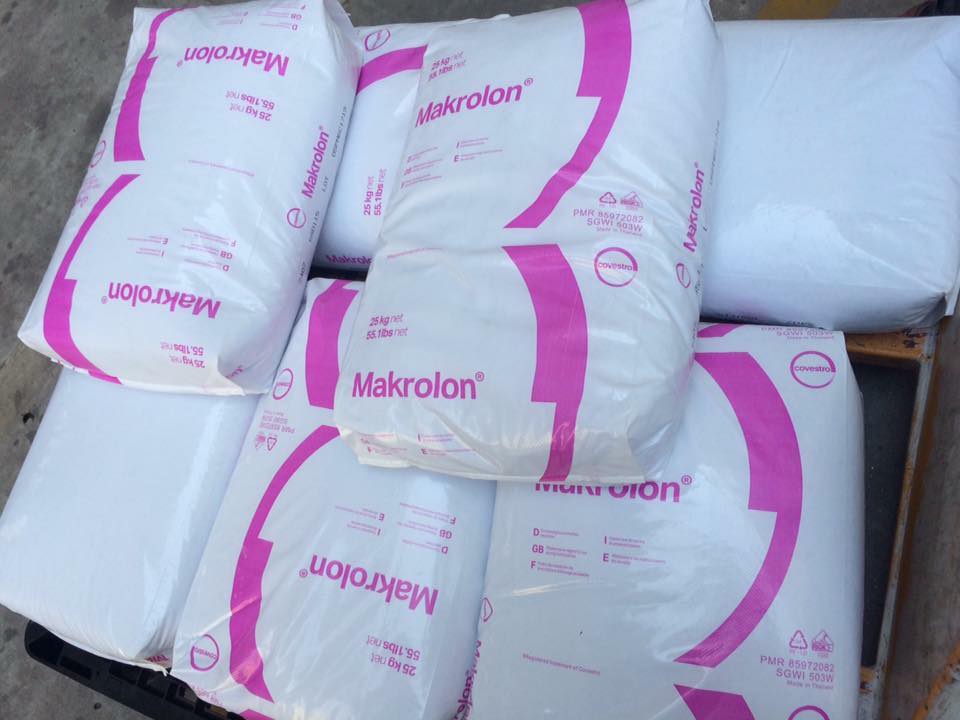
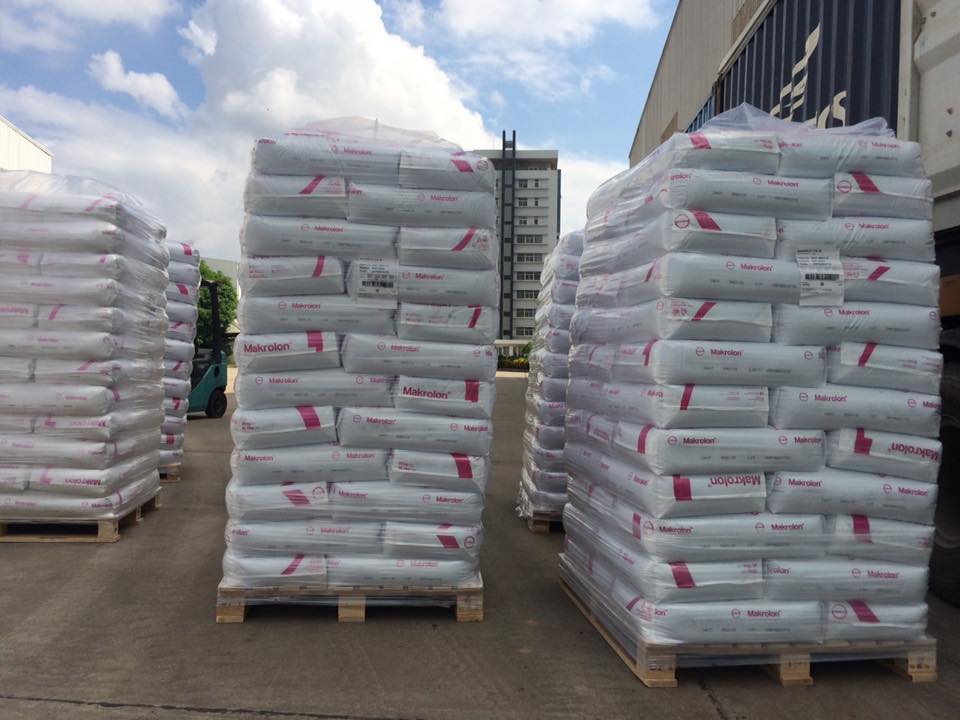
General purpose grades / Low viscosity MVR (300 °C/1.2 kg) 19 cm³/10 min; general purpose; low viscosity; UV stabilized; easy release;
injection molding - melt temperature 280 - 320 °C; available in transparent, translucent and opaque colors
ISO Shortname ISO 7391-PC,MLR,(,,)-18-9
Property Test Condition Unit Standard typical Value
-
Rheological properties
|
C |
Melt volume-flow rate |
300 °C; 1.2 kg |
cm³/10 min |
ISO 1133 |
19 |
|
C |
Molding shrinkage, parallel |
60x60x2 mm; 500 bar |
% |
ISO 294-4 |
0.65 |
|
C |
Molding shrinkage, normal |
60x60x2 mm; 500 bar |
% |
ISO 294-4 |
0.7 |
|
|
Molding shrinkage, parallel/normal |
Value range based on general practical experience |
% |
b.o. ISO 2577 |
0.5 - 0.7 |
|
|
Melt mass-flow rate |
300 °C; 1.2 kg |
g/10 min |
ISO 1133 |
20 |
Mechanical properties (23 °C/50 % r. h.)
|
C |
Tensile modulus |
1 mm/min |
MPa |
ISO 527-1,-2 |
2400 |
|
C |
Yield stress |
50 mm/min |
MPa |
ISO 527-1,-2 |
66 |
|
C |
Yield strain |
50 mm/min |
% |
ISO 527-1,-2 |
6.0 |
|
C |
Nominal strain at break |
50 mm/min |
% |
ISO 527-1,-2 |
> 50 |
|
|
Stress at break |
50 mm/min |
MPa |
ISO 527-1,-2 |
65 |
|
|
Strain at break |
50 mm/min |
% |
b.o. ISO 527-1,-2 |
120 |
|
C |
Tensile creep modulus |
1 h |
MPa |
ISO 899-1 |
2200 |
|
C |
Tensile creep modulus |
1000 h |
MPa |
ISO 899-1 |
1900 |
|
|
Flexural modulus |
2 mm/min |
MPa |
ISO 178 |
2350 |
|
|
Flexural strength |
2 mm/min |
MPa |
ISO 178 |
98 |
|
|
Flexural strain at flexural strength |
2 mm/min |
% |
ISO 178 |
7.0 |
|
|
Flexural stress at 3.5 % strain |
2 mm/min |
MPa |
ISO 178 |
74 |
|
C |
Charpy impact strength |
23 °C |
kJ/m² |
ISO 179-1eU |
N |
|
C |
Charpy impact strength |
-30 °C |
kJ/m² |
ISO 179-1eU |
N |
|
|
Charpy impact strength |
-60 °C |
kJ/m² |
ISO 179-1eU |
N |
|
|
Charpy notched impact strength |
23 °C; 3 mm |
kJ/m² |
ISO 7391/b.o. ISO 179-1eA |
65P(C) |
|
|
Charpy notched impact strength |
-30 °C; 3 mm |
kJ/m² |
ISO 7391/b.o. ISO 179-1eA |
14C |
|
|
Izod notched impact strength |
23 °C; 3.2 mm |
kJ/m² |
b.o. ISO 180-A |
75P(C) |
|
|
Izod notched impact strength |
-30 °C; 3.2 mm |
kJ/m² |
b.o. ISO 180-A |
12C |
|
C |
Puncture maximum force |
23 °C |
N |
ISO 6603-2 |
5100 |
|
C |
Puncture maximum force |
-30 °C |
N |
ISO 6603-2 |
6000 |
|
C |
Puncture energy |
23 °C |
J |
ISO 6603-2 |
55 |
|
C |
Puncture energy |
-30 °C |
J |
ISO 6603-2 |
65 |
|
|
Ball indentation hardness |
|
N/mm² |
ISO 2039-1 |
116 |
Property Test Condition Unit Standard typical Value
-
Thermal properties
|
C |
Glass transition temperature |
10 °C/min |
°C |
ISO 11357-1,-2 |
143 |
|
C |
Temperature of deflection under load |
1.80 MPa |
°C |
ISO 75-1,-2 |
124 |
|
C |
Temperature of deflection under load |
0.45 MPa |
°C |
ISO 75-1,-2 |
136 |
|
C |
Vicat softening temperature |
50 N; 50 °C/h |
°C |
ISO 306 |
143 |
|
|
Vicat softening temperature |
50 N; 120 °C/h |
°C |
ISO 306 |
145 |
|
C |
Coefficient of linear thermal expansion, parallel |
23 to 55 °C |
10-4/K |
ISO 11359-1,-2 |
0.65 |
|
C |
Coefficient of linear thermal expansion, transverse |
23 to 55 °C |
10-4/K |
ISO 11359-1,-2 |
0.65 |
|
C |
Burning behavior UL 94 [UL recognition] |
0.75 mm |
Class |
UL 94 |
V-2 |
|
|
Burning behavior UL 94 [UL recognition] |
2.7 mm |
Class |
UL 94 |
HB |
|
C |
Oxygen index |
Method A |
% |
ISO 4589-2 |
27 |
|
|
Thermal conductivity, cross-flow |
23 °C; 50 % r. h. |
W/(m·K) |
ISO 8302 |
0.20 |
|
|
Resistance to heat (ball pressure test) |
|
°C |
IEC 60695-10-2 |
135 |
|
|
Relative temperature index (Tensile strength) [UL recognition] |
1.5 mm |
°C |
UL 746B |
125 |
|
|
Relative temperature index (Tensile impact strength) [UL recognition] |
1.5 mm |
°C |
UL 746B |
115 |
|
|
Relative temperature index (Electric strength) [UL recognition] |
1.5 mm |
°C |
UL 746B |
125 |
|
|
Glow wire test (GWFI) |
0.75 mm |
°C |
IEC 60695-2-12 |
850 |
|
|
Glow wire test (GWFI) |
1.5 mm |
°C |
IEC 60695-2-12 |
875 |
|
|
Glow wire test (GWFI) |
3.0 mm |
°C |
IEC 60695-2-12 |
930 |
|
|
Glow wire test (GWIT) |
0.75 mm |
°C |
IEC 60695-2-13 |
875 |
|
|
Glow wire test (GWIT) |
1.0 mm |
°C |
IEC 60695-2-13 |
875 |
|
|
Glow wire test (GWIT) |
1.5 mm |
°C |
IEC 60695-2-13 |
875 |
|
|
Glow wire test (GWIT) |
3.0 mm |
°C |
IEC 60695-2-13 |
875 |
|
|
Application of flame from small burner |
Method K and F; 2.0 mm |
Class |
DIN 53438-1,-3 |
K1, F1 |
|
|
Needle flame test |
Method K; 1.5 mm |
s |
IEC 60695-11-5 |
5 |
|
|
Needle flame test |
Method K; 2.0 mm |
s |
IEC 60695-11-5 |
5 |
|
|
Needle flame test |
Method K; 3.0 mm |
s |
IEC 60695-11-5 |
10 |
|
|
Needle flame test |
Method F; 1.5 mm |
s |
IEC 60695-11-5 |
60 |
|
|
Needle flame test |
Method F; 2.0 mm |
s |
IEC 60695-11-5 |
120 |
|
|
Needle flame test |
Method F; 3.0 mm |
s |
IEC 60695-11-5 |
120 |
|
|
Burning rate (US-FMVSS) |
>=1.0 mm |
mm/min |
ISO 3795 |
passed |
|
|
Flash ignition temperature |
|
°C |
ASTM D1929 |
480 |
|
|
Self ignition temperature |
|
°C |
ASTM D1929 |
550 |
Electrical properties (23 °C/50 % r. h.)
|
C |
Relative permittivity |
100 Hz |
- |
IEC 60250 |
3.1 |
|
C |
Relative permittivity |
1 MHz |
- |
IEC 60250 |
3.0 |
|
C |
Dissipation factor |
100 Hz |
10-4 |
IEC 60250 |
5 |
|
C |
Dissipation factor |
1 MHz |
10-4 |
IEC 60250 |
90 |
|
C |
Volume resistivity |
|
Ohm·m |
IEC 60093 |
1E14 |
|
C |
Surface resistivity |
|
Ohm |
IEC 60093 |
1E16 |
|
C |
Electrical strength |
1 mm |
kV/mm |
IEC 60243-1 |
34 |
|
C |
Comparative tracking index CTI |
Solution A |
Rating |
IEC 60112 |
250 |
|
|
Comparative tracking index CTI M |
Solution B |
Rating |
IEC 60112 |
125M |
|
|
Electrolytic corrosion |
|
Rating |
IEC 60426 |
A1 |
Property Test Condition Unit Standard typical Value
-
Other properties (23 °C)
|
C |
Water absorption (saturation value) |
Water at 23 °C |
% |
ISO 62 |
0.30 |
|
C |
Water absorption (equilibrium value) |
23 °C; 50 % r. h. |
% |
ISO 62 |
0.12 |
|
C |
Density |
|
kg/m³ |
ISO 1183-1 |
1200 |
|
|
Water vapor permeability |
23 °C; 85 % RH; 100 µm film |
g/(m²·24 h) |
ISO 15106-1 |
15 |
|
|
Gas permeation |
Oxygen; 100 µm film |
cm³/(m²·24 h·bar) |
b.o. ISO 2556 |
800 |
|
|
Gas permeation |
Oxygen; 25.4 µm (1 mil) film |
cm³/(m²·24 h·bar) |
b.o. ISO 2556 |
3150 |
|
|
Gas permeation |
Nitrogen; 100 µm film |
cm³/(m²·24 h·bar) |
b.o. ISO 2556 |
160 |
|
|
Gas permeation |
Nitrogen; 25.4 µm (1 mil) film |
cm³/(m²·24 h·bar) |
b.o. ISO 2556 |
630 |
|
|
Gas permeation |
Carbon dioxide; 100 µm film |
cm³/(m²·24 h·bar) |
b.o. ISO 2556 |
4800 |
|
|
Gas permeation |
Carbon dioxide; 25.4 µm (1 mil) film |
cm³/(m²·24 h·bar) |
b.o. ISO 2556 |
18900 |
|
|
Bulk density |
Pellets |
kg/m³ |
ISO 60 |
660 |
Material specific properties
|
|
Refractive index |
Procedure A |
- |
ISO 489 |
1.584 |
|
|
Haze for transparent materials |
3 mm |
% |
ISO 14782 |
< 0.8 |
|
|
Luminous transmittance (clear transparent materials) |
1 mm |
% |
ISO 13468-2 |
89 |
|
C |
Luminous transmittance (clear transparent materials) |
2 mm |
% |
ISO 13468-2 |
89 |
|
|
Luminous transmittance (clear transparent materials) |
3 mm |
% |
ISO 13468-2 |
88 |
|
|
Luminous transmittance (clear transparent materials) |
4 mm |
% |
ISO 13468-2 |
87 |
Processing conditions for test specimens
|
C |
Injection molding-Melt temperature |
|
°C |
ISO 294 |
280 |
|
C |
Injection molding-Mold temperature |
|
°C |
ISO 294 |
80 |
|
C |
Injection molding-Injection velocity |
|
mm/s |
ISO 294 |
200 |
C These property characteristics are taken from the CAMPUS plastics data bank and are based on the international catalogue of basic data for plastics according to ISO 10350.
Impact properties: N = non-break, P = partial break, C = complete break
Sản phẩm khác cùng loại
- Hiện chưa có sản phẩm
HỖ TRỢ TRỰC TUYẾN
 Hotline: 0904 022 133
Hotline: 0904 022 133 Phòng KD hạt nhựa: 024.3776 7722/33, ext: 102; 103
Phòng KD hạt nhựa: 024.3776 7722/33, ext: 102; 103 Email: sales@alphachem.com.vn
Email: sales@alphachem.com.vn Phòng KD hóa chất: 024.3776 7722/33, ext: 104; 105
Phòng KD hóa chất: 024.3776 7722/33, ext: 104; 105 Email: sales@alphachem.com.vn
Email: sales@alphachem.com.vn Fax: +8424.37767744
Fax: +8424.37767744 Email:
Email:- Facebook Hóa Chất Alpha
-
 binh.alpha
binh.alpha
TÌM KIẾM NÂNG CAO
NHẬN TIN SẢN PHẨM MỚI
HOẠT ĐỘNG
- Thông báo nghỉ Tết Nguyên Đán Canh Tý 2019
- Tuyển Trưởng phòng kinh doanh hạt nhựa kỹ thuật - Business Manager
- Tuyển dụng Trưởng phòng kinh doanh/Nhân viên kinh doanh hóa chất, hạt nhựa
- Tuyển Nhân viên kinh doanh hóa chất
- Tuyển nhân viên kinh doanh hóa chất, hạt nhựa
- Thay đổi tên công ty và địa chỉ văn phòng
- Đoàn Hiệp hội Giấy Việt Nam tham dự FAPPI 31 tại Indonesia
- Công ty cổ phần giấy việt trì 50 năm xây dựng và phát triển
- Công ty CP giấy Việt Trì tự hào với truyền thống 50 năm xây dựng và phát triển
- Triển lãm China International Water Chem Exhibition 2013 lần thứ 9
LIÊN KẾT WEBSITE
- Công ty Cổ phần XNK Bắc Giang (Nhà máy Giấy Xương Giang)
- Công ty Cổ phần DEVYT (Nhà máy Giấy BBP)
- Công ty Cổ phần Giấy An Hòa
- Công ty Cổ phần Giấy Bao bì Đồng Tiến
- Công ty Giấy Tissue Sông Đuống
- Công ty TNHH Xưởng Giấy Chánh Dương
- Tập đoàn Giấy Tân Mai
- Công ty TNHH Giấy Trường Xuân
- Công ty TNHH Giấy Kraft Vina
- Công ty Giấy Hải Phòng
- Tổng công ty Giấy Việt Nam (Nhà máy Giấy Bãi Bằng)
- Công ty Cổ phần Giấy Việt Trì
- Trang Web Danh bạ các công ty hóa chất
- Công ty Cổ phần Giấy Sài Gòn
- Công ty cổ phần Sản xuất và thương mại P.P
- Công ty cổ phần Giấy Vạn Điểm
- Thời báo kinh tế - Diễn đàn Doanh Nghiệp Việt Nam
- Giấy – Wikipedia tiếng Việt
- Hiệp hội giấy và bột giấy Việt Nam (VPPA)
- Tin tuc 24h | tin nhanh bong da | the thao | thoi trang, giai tri vn
- Báo Dân trí – Thông tin mọi lúc, mọi nơi tới mọi người, mọi nhà
- Tin nhanh VnExpress - Đọc báo, tin tức online 24h
LƯỢT TRUY CẬP
- Đang xem
- Hôm nay 2159
- Tổng lượt truy cập 3,568,293
THÔNG TIN TIỆN ÍCH
BÀI VIẾT MỚI NHẤT
- Tuyển dụng Trưởng phòng kinh doanh/Nhân viên kinh doanh Hóa chất, Hạt nhựa
- PAC và ứng dụng trong xử lý nước
- Cần tuyển nhân viên kinh doanh hóa chất, nhựa
- Tuyển 01 lái xe văn phòng
- Xử lý nước thải sản xuất giấy
- Lịch sử sản xuất giấy
- Các chất phụ gia trong ngành giấy
- List of Customers
- Nhựa thông trong kỹ thuật gia keo bề mặt cho giấy
- Nguyên nhân và cơ chế của hiện tượng bóc sợi
- Các bệnh giấy thường gặp và cách khắc phục
- Keo chống thấm AKD
- Chất độn cho giấy
- Nhuộm màu cho Giấy
- Khách hàng
- 6-8/6/2013: Triển lãm Quốc tế về ngành Giấy và Bột giấy Việt Nam
- Chất trợ bảo lưu Percol 182
- Tuyển 01 nhân viên kinh doanh hóa chất












Bình luận
Chưa có bình luận nào!
Phản hồi
Bình luận từ Facebook